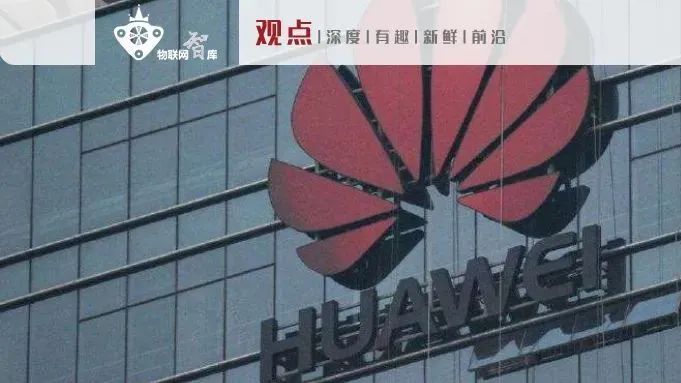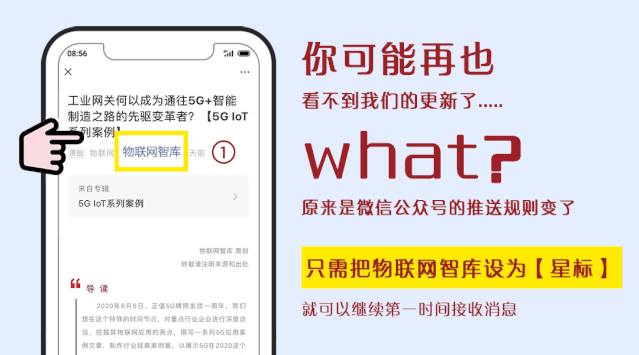
Author: Zhao Xiaofei
IoT Think Tank Original
Please indicate the source and origin when reprinting

Introduction
In fact, the ultimate goal of the utility and metering industry is digital transformation. To achieve this goal, the NB-IoT smart meter is just a means, and NB-IoT is not omnipotent. A lot of work still needs to be done around this new approach to achieve the goal of digital transformation.
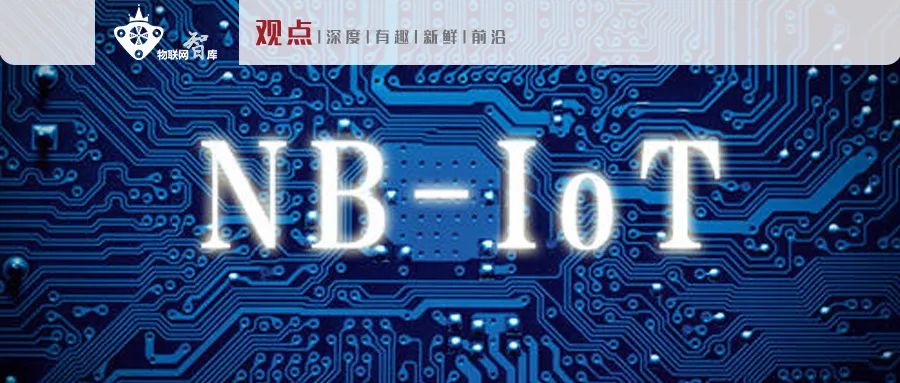
In October 2019, the shipment of gas meters based on NB-IoT reached 10 million units, becoming the world’s first intelligent terminal to break through the ten million NB-IoT connections. With the continuous deepening of market education and the acceleration of 2G/3G frequency reduction and shutdown, NB-IoT will usher in large-scale deployment in various vertical industries. According to data from the China Urban Gas Association, there are currently more than 200 million residential gas meters operating online in China. Even without considering new additions, there is an average annual demand for the replacement of at least 20 million existing gas meters based on a 10-year replacement cycle. Against this backdrop, smart gas meters remain one of the largest application areas for NB-IoT.
On the other hand, the cumulative shipment of NB-IoT smart water meters in China has also exceeded 10 million units, becoming the second intelligent terminal to break through ten million NB-IoT connections. There are more than 300 million water meters currently in service in China, and with the integration of urban and rural water supply and the development of smart cities, the penetration rate of smart water meters is increasing, with an expected compound annual growth rate of over 20%.
However, this process still has some misunderstandings; many people believe that adopting NB-IoT means everything is solved. In reality, the ultimate goal of the utility and metering industry is digital transformation. To achieve this goal, NB-IoT smart meters are merely a means, and NB-IoT is not omnipotent; a lot of work still needs to be done around this new approach to achieve the goal of digital transformation. After several years of “crossing the river by feeling the stones,” the industry has gained a deep understanding of various difficulties and pain points in this process, and has begun to form end-to-end solutions around NB-IoT.
In October 2020, at the annual Beijing Communication Exhibition, Huawei, in conjunction with the IoT Think Tank, hosted the NB-IoT Development Summit, where industry experts revealed that the proportion of NB-IoT in smart meters from mainstream gas meter manufacturers reached 80%, and the proportion of NB-IoT in smart meters from mainstream water meter manufacturers reached 60%, marking a new stage in the large-scale deployment of NB-IoT in the smart metering market. With the implementation of the policy for the high-quality development of telecom operators, the super-low discounts for NB-IoT IoT cards from a few years ago have basically disappeared. From communication module manufacturers, smart meter manufacturers, utility companies to telecom operators, all are reassessing and positioning themselves, facing a huge gap between ideals and reality.
End-to-End Transformation of Utilities: A Long Way to Go Starting from 5G
(1) Terminal Side: Upgrading from General Module Integration to Smart Board Cards
For many years, water, electricity, and gas meters have been the core measurement tools for utility companies. The accuracy and precision of measurement are the competitive advantages of traditional meter manufacturers. Smart meters with remote transmission capabilities need to integrate a dedicated smart board card on top of the traditional base meter to achieve this. For example, with NB-IoT smart meters, this smart board card must include a dedicated NB-IoT communication module, and depending on actual requirements, may also integrate a processor, sensors, antennas, infrared, Bluetooth, buttons, displays, security chips, SIM card slots, and other functional components and peripherals. Just the communication function alone is not something that NB-IoT can achieve universally; many water and gas meters are deployed in building pipeline shafts and dead corners, relying on cellular IoT base station signals cannot quickly meet seamless coverage requirements. Many manufacturers use combinations of floor concentrators, short-range wireless relays, and other methods in actual deployments.
This smart board card seems similar to the previous design and technology of mobile phone board cards, attracting some independent electronic product design companies to enter this field based on previous experience. However, mobile phones are independent, standardized products; completing the design of core elements of the board card can achieve functionality, while the base meter in smart metering is also a core element, which is a field with a very high professional barrier. The smart board card needs to be designed in coordination with the base meter to achieve the corresponding functions, and different customers have different functional requirements for smart metering, requiring customization in cooperation with the customer, so this is not a completely independent, standardized product.
For example, due to the wireless remote transmission capabilities, the security of wireless data is a serious issue. Some customers may require terminals to have security encryption functions; some scenarios of smart metering need to provide timely alerts for gas leaks and malicious tampering, requiring the metering terminal to have specialized sensors and MCUs.Therefore, developing smart meter terminals requires a lot of work; integrating a general NB-IoT module to achieve wide-area connectivity is just one step, and many targeted optimization efforts are needed to upgrade from traditional non-smart meters to connected smart meters.
(2) Pipeline Side: From Non-Existent to Optimal
For utility companies and meter manufacturers, wireless networks are not a new concept. The industry has previously experienced various solutions such as 433/ZigBee connected meters, 2G connected meters, and LoRa connected meters. Now, with NB-IoT as the mainstream communication technology, it is finally beginning large-scale deployment and providing daily reading services, making the demand for connectivity a real necessity.
Utility companies’ requirements for communication pipelines are not limited to establishing connectivity; they demand better communication quality to ensure the success rate of wireless remote transmission of smart meters. Therefore, they have clear requirements for network coverage. The wide coverage and low power consumption characteristics of NB-IoT are very suitable for the low-rate, low-frequency, small data packet needs of water and gas meters, but currently, there are still many weak areas in the NB-IoT network coverage. Although operators build networks or activate power based on demand, not all installation sites for water and gas meters meet the network coverage requirements for reading, especially in areas with fewer terminal numbers, which has somewhat delayed the penetration of NB-IoT meters.
In 2019, the China Metrology Association released the “Technical Guidelines for the Installation, Acceptance, and Use of NB-IoT Water Meter Automatic Reading Systems,” which clearly requires that the road test signal data RSRP (CQT) in residential area installation zones (open areas) should not be less than -105 dBm, and SINR (CQT) should not be less than 0 dB. These professional indicators do not have specialized communication technology and personnel for water and gas meter industry customers, so they can only rely on local telecom operators to solve them. After experiencing low-price competition to grab users a few years ago, telecom operators’ willingness to build new base stations and invest in network optimization has significantly decreased, making it difficult to quickly resolve the insufficient coverage issue on the pipeline side, leading to numerous customer complaints during actual deployments.
Based on this background, on the one hand, low-cost blind spot optimization methods can effectively solve many problems; on the other hand, fully integrating the existing NB-IoT network resources of the three major operators can also solve problems to some extent. The former can achieve coverage in deployment sites through the addition of small NB-IoT base stations and the introduction of shared private networks, which has become a consensus in the industry; the latter can allow terminals to automatically switch to other operators’ networks with signal coverage through eSIM technology and inter-network roaming, but this method requires coordination between the terminal and platform sides, as the terminal side must support eSIM design, and more importantly, due to current operator policy restrictions, the platform side needs to develop eSIM card writing capabilities.
In addition, there may still be a small number of edge devices that cannot achieve data remote transmission; in this case, short-range communication methods can be considered, allowing utility company personnel to obtain data without entering users’ homes. For example, Hong Kong and China Gas has launched terminal-side integrated low-power Bluetooth (BLE) functionality to complete data uploads through direct connections or MESH multi-hop.
(3) Platform Side: Key to Transforming Production and Operational Models
Compared to traditional methods, smart metering platforms are also a new phenomenon. For NB-IoT smart meters, water and gas companies need to deploy connection management platforms, device management platforms, and metering operation and billing platforms.
Generally, large utility companies develop their own IoT platforms for metering billing and operations, incorporating connection management and device management functions provided by third parties into their own IoT platforms. However, many small and medium-sized utility companies do not have the funds and talent resources to develop their own IoT platforms and still need third-party institutions to provide low-cost and mature platform support.
For instance, regarding connections, as mentioned earlier, to achieve effective data uploads from smart meters, multiple telecom operators’ NB-IoT networks, small base stations, or private network base stations, and eSIM over-the-air card writing may be employed, requiring the management of numerous terminals and various technologies and heterogeneous networks. Utility companies need a unified platform to query and operate all smart meter traffic usage and to timely understand the status of various heterogeneous networks.
Leveraging the NB-IoT smart meter opportunity, a large number of small and medium public utility companies’ assets and data can be migrated to the cloud. Based on this, artificial intelligence, big data, and other technologies can be adopted on the platform side to transform the production and operational modes of the industry, thus achieving the goal of digital transformation.
As utility operators, through end-to-end transformation on the terminal side, pipeline side, and platform side, the traditional production and operational models of water and gas companies undergo fundamental changes. Not only does it replace manual meter reading with remote transmission, saving operational costs, but it also realizes the value of data, enabling smart services, intelligent scheduling, and smart production, and exploring innovative business models based on energy big data.
End-to-End Solutions to Address Digital Transformation Pain Points in Utilities
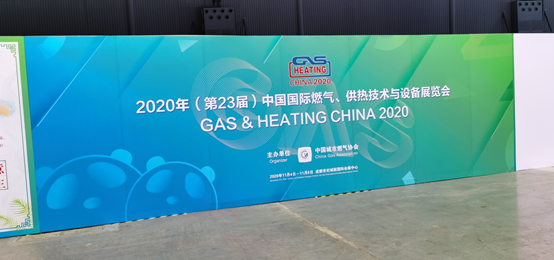
It can be seen that in the process of traditional utilities developing towards intelligence, NB-IoT serves as a link. A lot of work still needs to be done around this link to achieve the goal of digital transformation. Among them, smart modules, communication networks, connection management platforms, device management platforms, etc., all have many pain points that need to be addressed. Utility companies and meter manufacturers are not experts in these fields and need third-party professional technology services to provide end-to-end solutions from terminal to cloud, using new technologies and new models to eliminate these pain points.

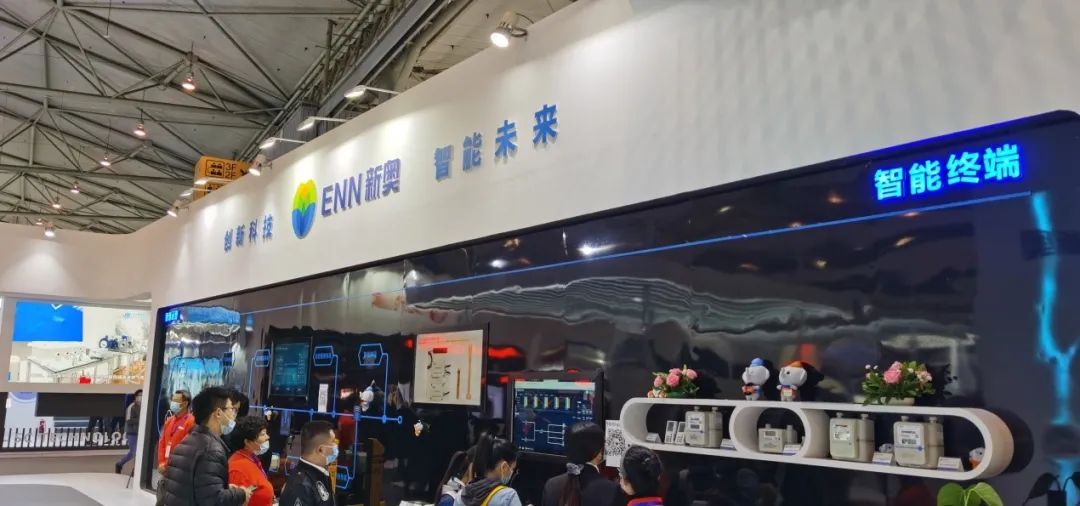
The customization capabilities of terminal-side smart board cards, low-cost rapid coverage provision on the pipeline side, and unified interface management on the platform side are all factors that digital service providers in the utility industry need to consider comprehensively. After in-depth communication with the founder of a professional IoT technology service provider, who participated in the gas technology equipment exhibition for the first time, I learned that the company has launched an end-to-end connection optimization service plan, focusing on the pain points of the metering industry from the terminal, pipeline, and cloud aspects, aiming to become an enabler for the rapid implementation of digital transformation in this industry.
Specifically, on the terminal side, the company has launched an eSIM secure communication module customized for public utility IoT business. This module’s eSIM functionality can achieve production line card writing and on-site card writing capabilities, addressing terminal communication needs in production and usage; the built-in customized MCU integrates display driver ICs, enabling rapid wake-up based on sensor responses; additionally, the built-in BLE chip with MESH functionality can enable a small number of edge terminals on the NB-IoT network to form a self-organizing network for data backhaul; furthermore, in the context of increasing data sensitivity in public utilities, the integrated security chip of this module supports key operations and storage in accordance with the new national cryptography standards, achieving critical integrity verification and trusted identity verification. This communication module was custom-developed based on the actual needs of a large gas company, defining a new smart gas meter solution board, reducing the overall procurement cost for gas companies by nearly one-third while enhancing integrated communication and security capabilities.
On the pipeline side, customized white-box NB-IoT base stations have been launched for utility users, allowing for on-demand deployment and mixed networking. On the one hand, in areas with poor NB-IoT network coverage but a large number of meter deployments, such as high-rise buildings, basements, and urban-rural junctions, small base stations are used to provide rapid blind spot coverage; on the other hand, for remote rural areas and factories that are not yet covered, a combination of edge computing (MEC) and small base stations provides local authentication and access services, directly forming dedicated network coverage. Through these two types of on-demand deployment solutions, the connectivity pain points of smart meters are basically resolved.
On the platform side, a user-configurable connection service platform will be provided, realizing that all communication-related functions required for smart metering are displayed and operated on the same interface, integrating cross-operator connection management, management of different terminal standards, communication resource management, and dedicated network management functions. For example, the connection management has achieved cross-network, cross-region eSIM management, and over-the-air writing functions; communication resource management allows users to manage their ordered traffic card resources, forming a traffic pool platform; and network management includes management of dedicated small base stations.
It is foreseeable that as the currently largest segmented market for NB-IoT smart metering matures into commercial use, more and more professional technical challenges will need to be solved by different companies. Traditional telecom industry giants have undertaken foundational research and standardization work, as well as upgrades to backbone communication networks. Smart meter terminal companies must quickly absorb new technologies to launch products, and utility companies will ultimately move towards comprehensive operations based on big data and artificial intelligence, leaving many micro-innovation opportunities for many cross-domain technology innovation companies.
In May this year, the Ministry of Industry and Information Technology released a notice on “Deepening the Comprehensive Development of Mobile IoT,” which clearly stated, “Focusing on key areas such as energy metering, promote the formulation and implementation of technical standards and interconnection standards for mobile IoT terminals and platforms” and “Using energy metering as a starting point, assist in continuously improving public service capabilities.” Promoting the implementation of mobile IoT standards and applications in the utility sector is not just about replacing an NB-IoT meter; it requires in-depth innovation and problem-solving across multiple aspects, including terminals, pipelines, and platforms. The industry needs more vendors that can provide end-to-end solutions.

Selected Past Issues

It’s too hard at Harbin Institute of Technology! Banned in the National College Student Mathematical Modeling Competition…

Ultimate move! The US has launched an “unlimited traceability” against Huawei, blacklisting another 38 companies…
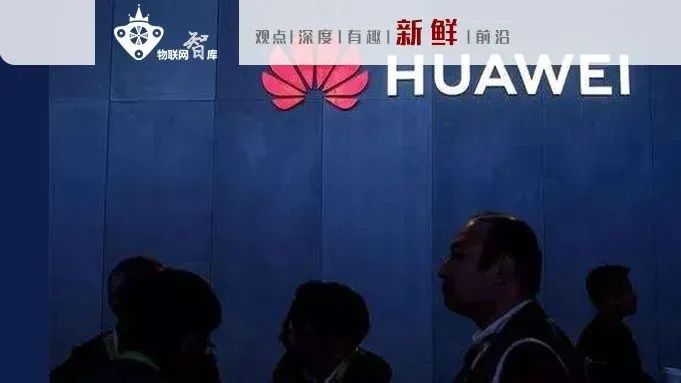
Huawei’s high-end Kirin chip may go extinct,
Yu Chengdong: A response plan has been issued!
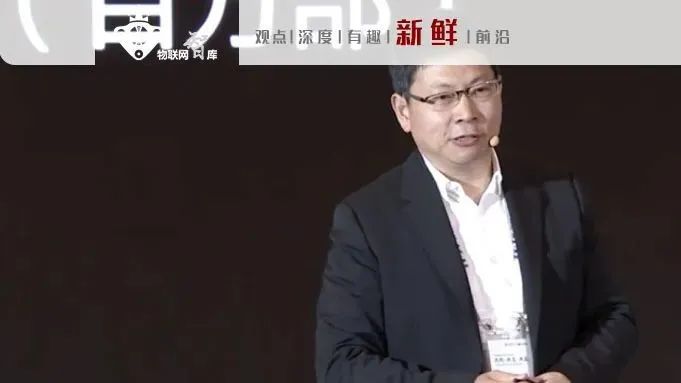
Just now, the US announced the “Clean Network” action:
Ban Chinese operators, prohibit BAT cloud…

Today will be remembered in the history of technology, we have been robbed by the US!
ByteDance agrees to…
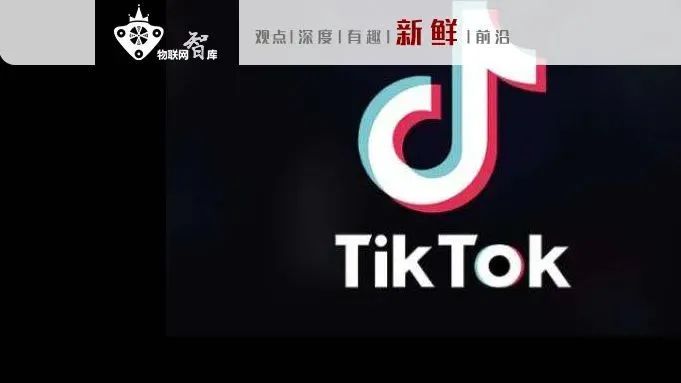
Huawei is set to enter the lithography machine manufacturing industry,
mass production of 5nm lithography machines in two years?
